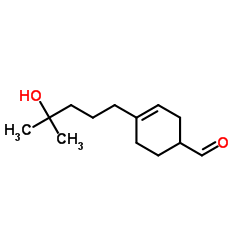| 结构式 | 名称/CAS号 | 全部文献 |
|---|---|---|
 |
1,2-二溴-2,4-二氰基丁烷
CAS:35691-65-7 |
|
 |
新铃兰醛
CAS:31906-04-4 |